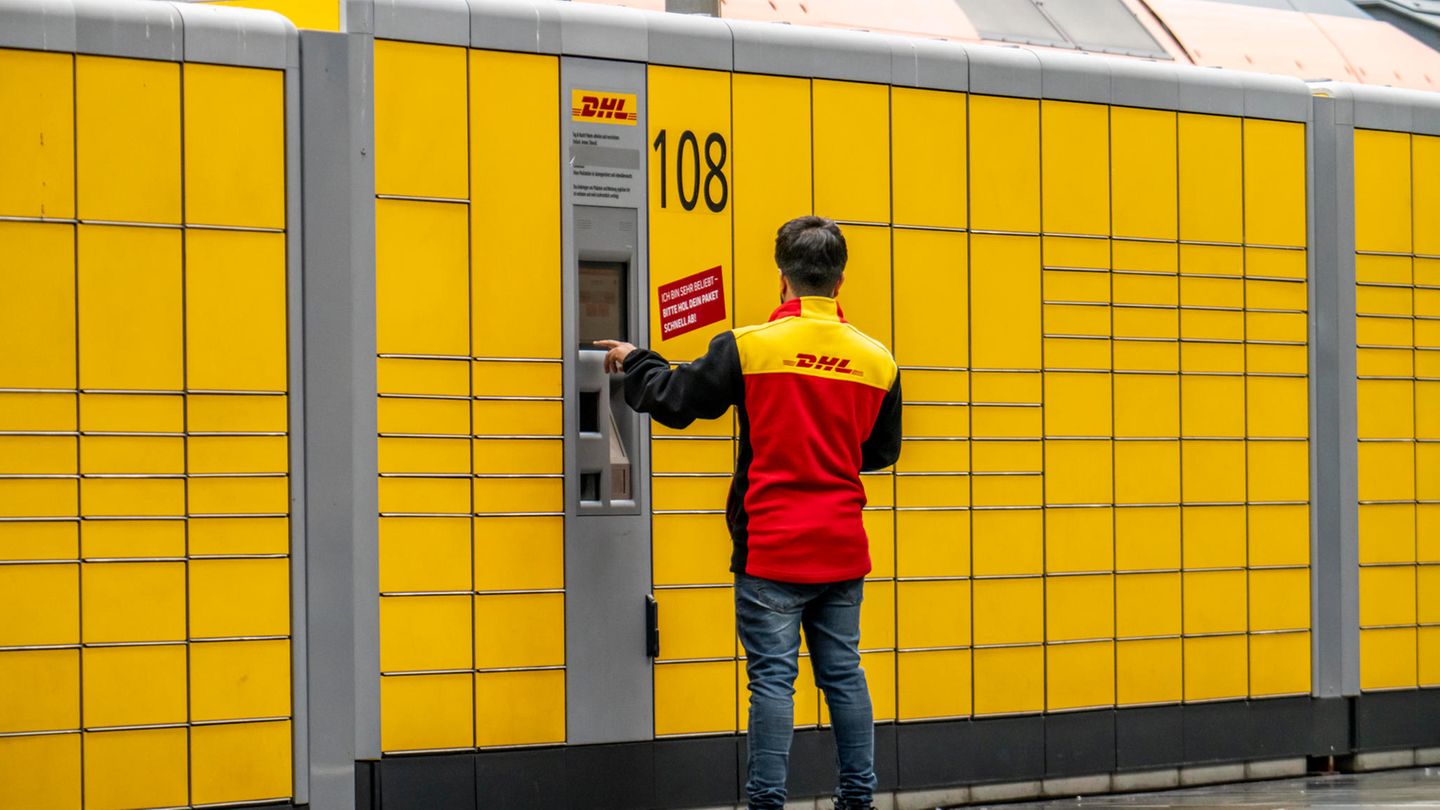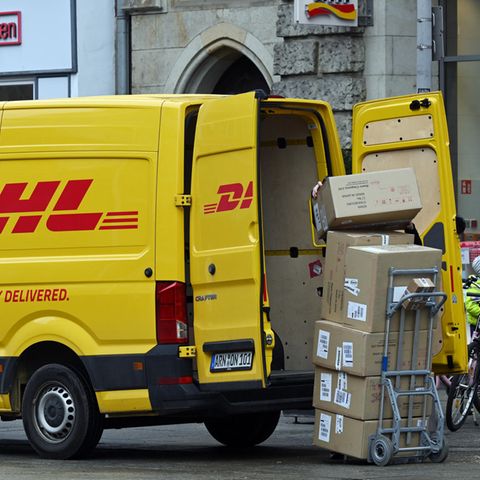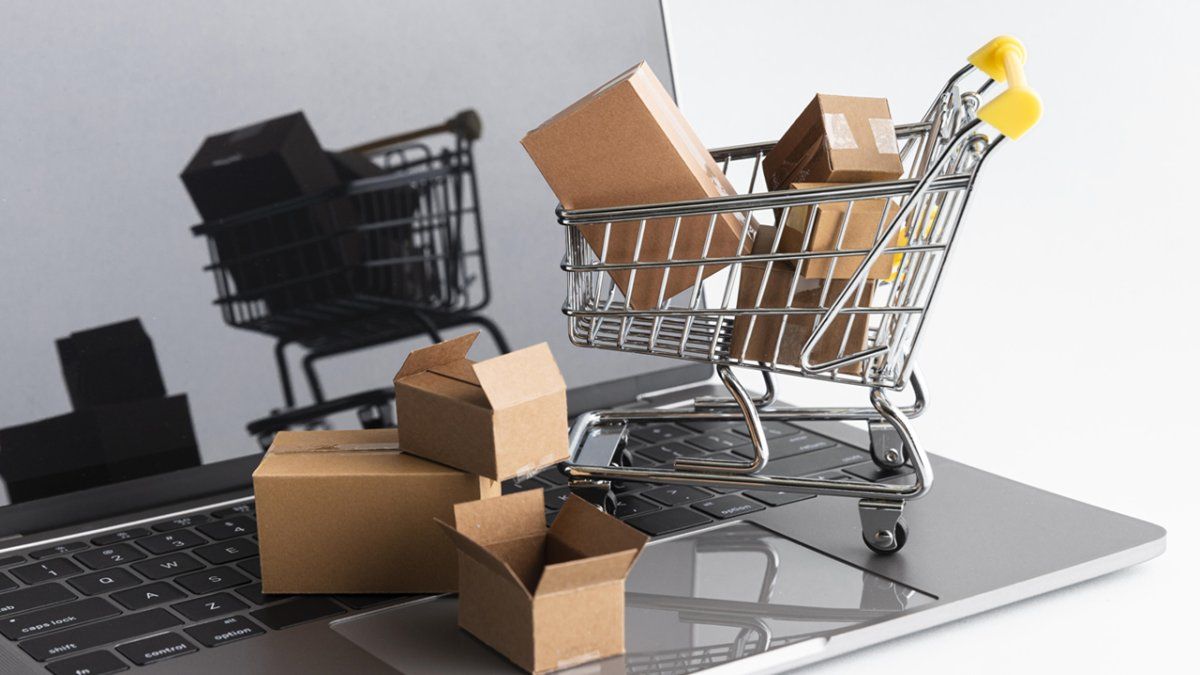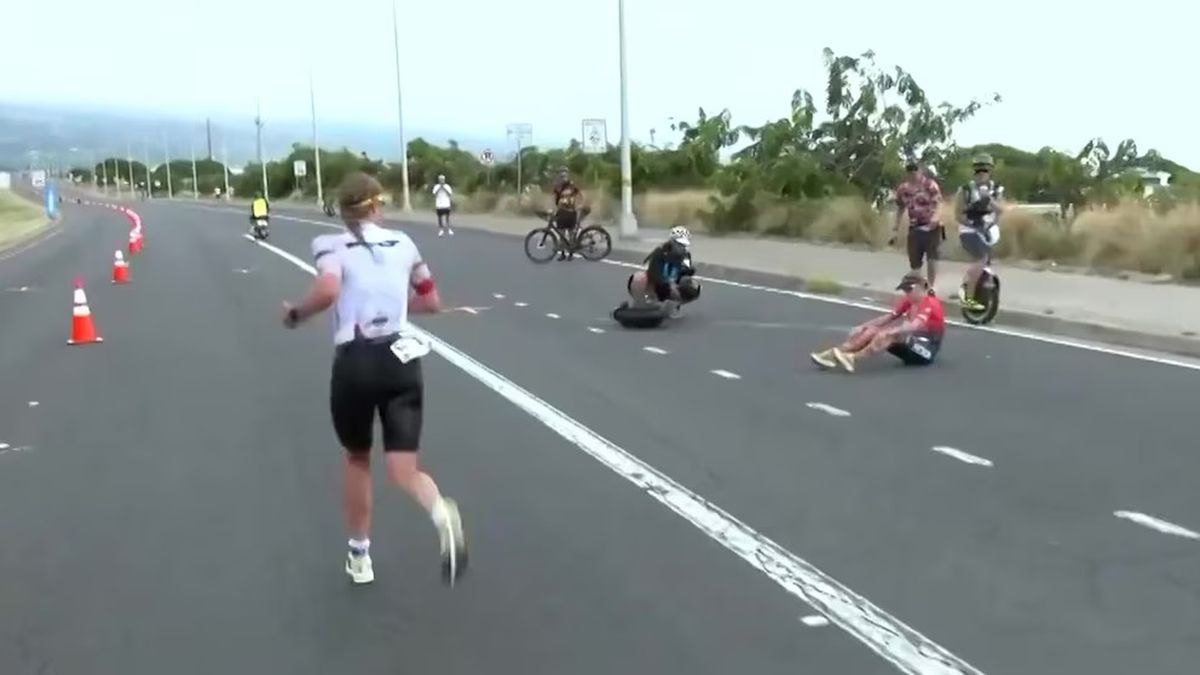Parcel industry
Vending machines instead of doorstep delivery – DHL wants to double the number of stations
Copy the current link
Parcels are transported and delivered across Germany in large numbers. Handing it over at the front door is an expensive thing for parcel companies – the customer has to pick it up themselves.
Germany’s consumers can expect to be able to collect their parcels from significantly more machines in the coming years than before. Market leader DHL announced that it would double the number of its pick-up and drop-off stations from the current 15,000 to 30,000 by 2030.
The competitors GLS and DPD want to operate 3,000 joint stations by 2027, currently there are around 100. The Austrian provider myflexbox, whose stations are used by several parcel companies, wants to go from the current 460 to at least 5,000 in Germany by 2030. DHL relies on different types of machines that are located at supermarkets, train stations, gas stations or in public places. The company currently has 14,200 “packing stations” for parcels and 800 “post stations” where consumers can use QR codes to drop off and pick up packages and buy stamps. There is also video advice.
DHL ATM subsidiary is in the starting blocks
There will soon be stations from a DHL subsidiary called DeinFach, which, like myflexbox, only provides the infrastructure and does not send any packages itself. Not only DHL couriers are supposed to put packages in and take them out, but also delivery people from other parcel companies and retailers who temporarily store goods in the compartments until the customer picks them up. DeinFach is scheduled to put the first 60 white machines into operation at the end of January, and by the end of the year there should be a four-digit number.
“Our vending machine network is becoming denser – on average, the distance that consumers have to travel to get their package is getting shorter and shorter,” says DHL CEO Nikola Hagleitner. “The stations are easy to use and available around the clock – this is a big advantage for customers.”
Cheaper alternative to expensive doorstep delivery
DHL also relies on the machines for cost reasons – it is cheaper for the logistics company to deliver several packages to one station than to each household individually. “Of course a package costs less when delivered to a Packstation,” says Hagleitner. At the same time, she emphasizes that you make the customer an offer and they can then choose whether they want door-to-door delivery or delivery to a safe location, in a branch or at a machine. “Of course that’s up to the customer to decide.” The use of vending machines is becoming increasingly popular in an increasingly digitalized society.
But sometimes the use of parcel machines goes differently than expected. When a consumer orders on an online retailer’s website, they can often specify that the shipment should go to a parcel station of their choice. However, if it is full on the day of delivery, the package is redirected and the consumer has to go to another, more distant machine or a parcel shop to pick up the shipment.
Hagleitner admits that this can also happen in the future, after all it is unclear at the moment of ordering how busy a machine will be days later. “But as we build more and more stations and capacity increases, we will be able to manage packages better and better in a way that is beneficial for the customer.”
DHL competitors are under pressure
With the pace of expansion, DHL is putting its competitors under pressure. DPD, GLS and Hermes had tried to create joint stations over the past decade, but the project was abandoned after a few years. Now DPD and GLS are making a new attempt at cooperation, with Hermes remaining outside of it for the time being. “We see strong growth in the out of home segment,” says DPD manager Michael Knaupe, referring to vending machines and parcel shops. “People no longer want to have to wait for the parcel delivery person to ring at their door; they want to be flexible and pick up the parcel themselves.”
German bureaucracy is a challenge. “In Poland and Estonia, anyone can set up machines at any time, but in Germany you have to submit various applications to the authorities – it takes a while until they are approved.” There are many more vending machines in Eastern and Northern Europe, and in some countries there is no longer any door-to-door delivery.
Knaupe is sure that picking up or dropping off returns at a vending machine or in a shop will become a matter of course in Germany too. “As traffic is increasingly being kept out of city centers, classic door-to-door delivery will become a niche.” There are already parts of inner cities that are closed to parcel services.
Warning of illegally parked cars
The German Association of Cities generally sees parcel machines positively. This could avoid traffic, says managing director Helmut Dedy. “Parcel machines can make deliveries more efficient and reduce traffic, but on the other hand, they must not cause traffic disruptions due to incorrectly parked cars.”
Dedy points out that public space is limited. “When looking for locations for additional parcel stations, the following applies: first look for locations in buildings, then locations in private areas and only if both are not possible, locations in public spaces.”
Need for more than 100,000 machines in Germany?
The Salzburg company myflexbox is also getting involved. A year ago it had 135 machines in Germany, now there are 460. By the end of the year there should be 1,000. With myflexbox, parcel companies pay to park their shipments in the machine compartments – in Germany, GLS, DPD, FedEx and UPS participate.
Given the industry’s ambitious expansion plans, aren’t the streets, squares and train stations gradually becoming a little crowded? Not at all, says myflexbox boss Lukas Wieser. He expects a need for at least 100,000 parcel stations in Germany. He refers to Poland: There are already more than 40,000 machines there, and the trend is rising.
kra/DPA
Source: Stern





